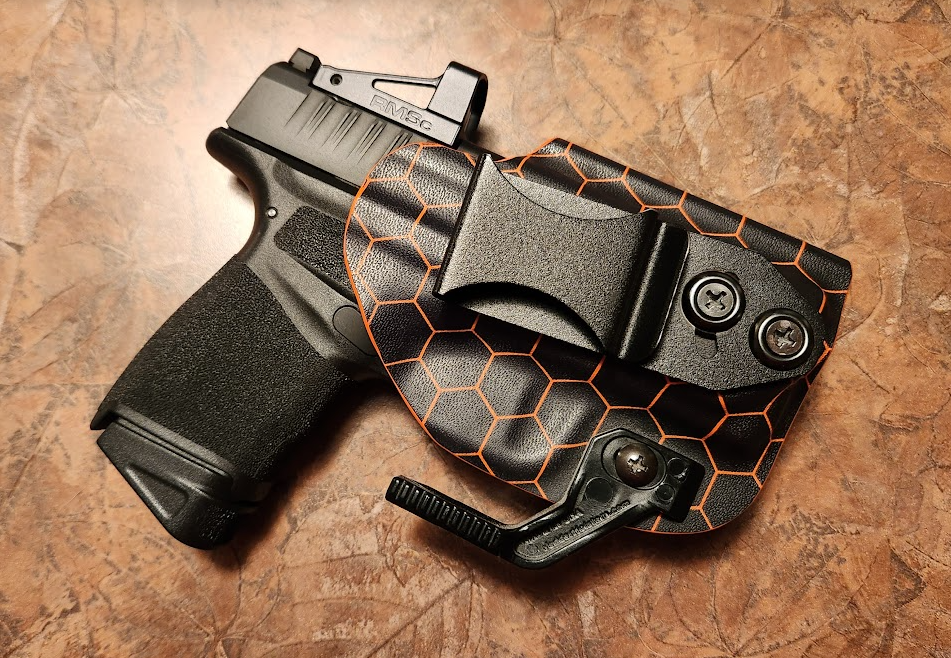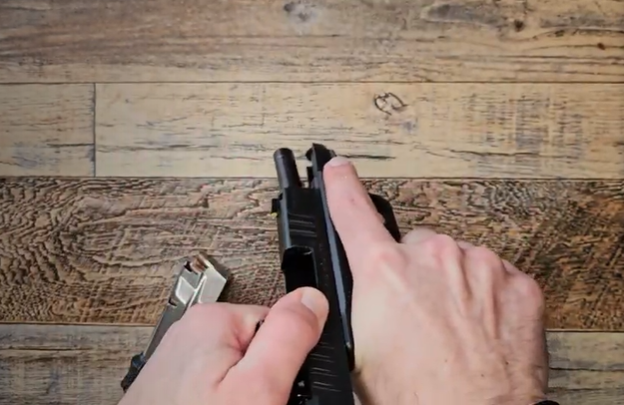One of the most debated topics among concealed carry and firearm enthusiasts is whether or not it’s safe to carry a firearm with a round in the chamber. This practice, often referred to as “condition 1” or “chambered carry,” has both staunch advocates and detractors. To address this question comprehensively, it’s crucial to consider several factors including firearm design, user training, and holster quality.
Understanding Firearm Safety Mechanisms
Modern firearms are designed with numerous safety features to prevent negligent discharges, even when a round is chambered. These features can include manual safeties, grip safeties, trigger safeties, and internal mechanisms that prevent the firing pin from striking unless the trigger is deliberately pulled. Understanding how these safety features work is crucial for anyone considering chambered carry.
The Role of Training
Training plays a pivotal role in ensuring the safety of carrying a firearm with a round in the chamber. Proper handling, awareness of the firearm’s status (loaded or unloaded), and regular practice are essential. Training courses specifically focused on concealed carry often emphasize the importance of becoming proficient with your firearm, including drawing, aiming, and reholstering with a chambered round.
The Importance of a Quality Holster
A high-quality holster is indispensable for safely carrying a chambered firearm. The holster should securely hold the firearm, cover the trigger guard completely to prevent trigger engagement, and ensure that the firearm remains in the same position to allow for a consistent draw. Investing in a reliable, well-designed holster tailored to your specific firearm model significantly reduces the risk of negligent discharge.

Conclusion
Is it safe to carry with a round in the chamber? With modern safety features, adequate training, and a proper holster, carrying a firearm with a round in the chamber can be as safe as any other method of carry. However, it’s vital for each individual to assess their own situation, comfort level, and commitment to training and safety practices. As with all aspects of firearm ownership and use, the paramount consideration is always the responsible and safe handling of the firearm.
Read the full article here




